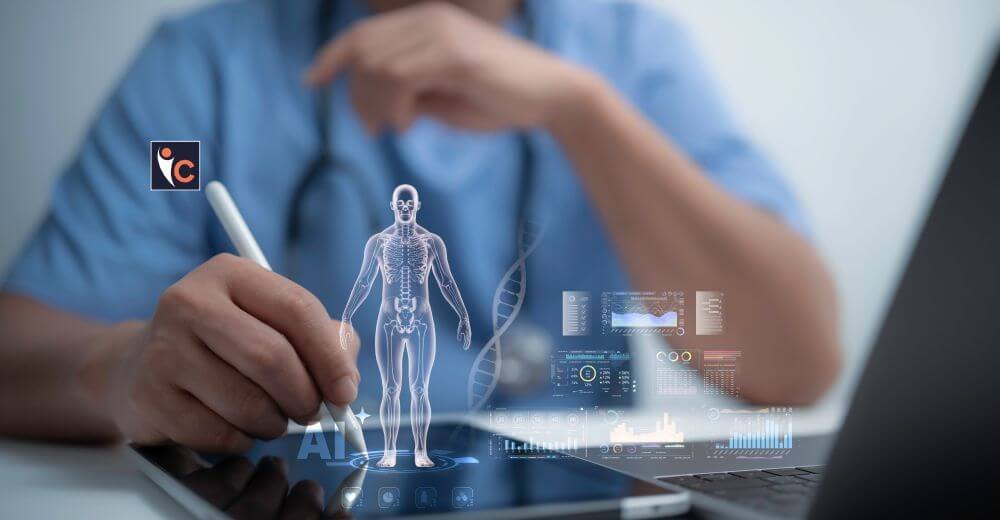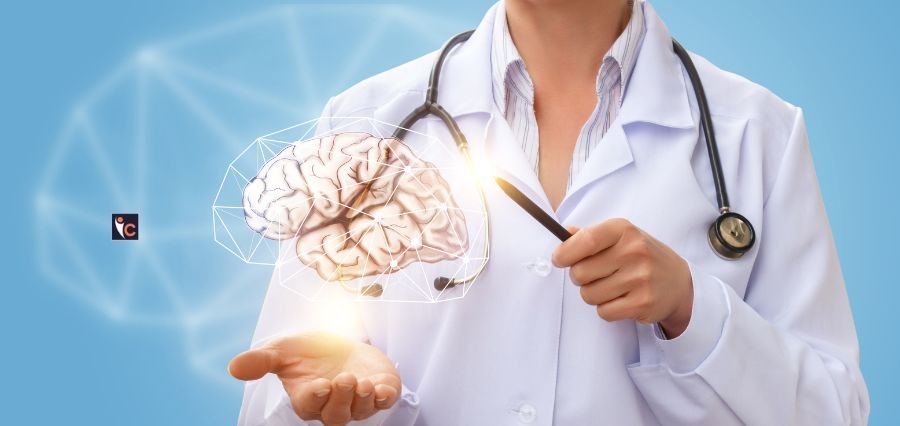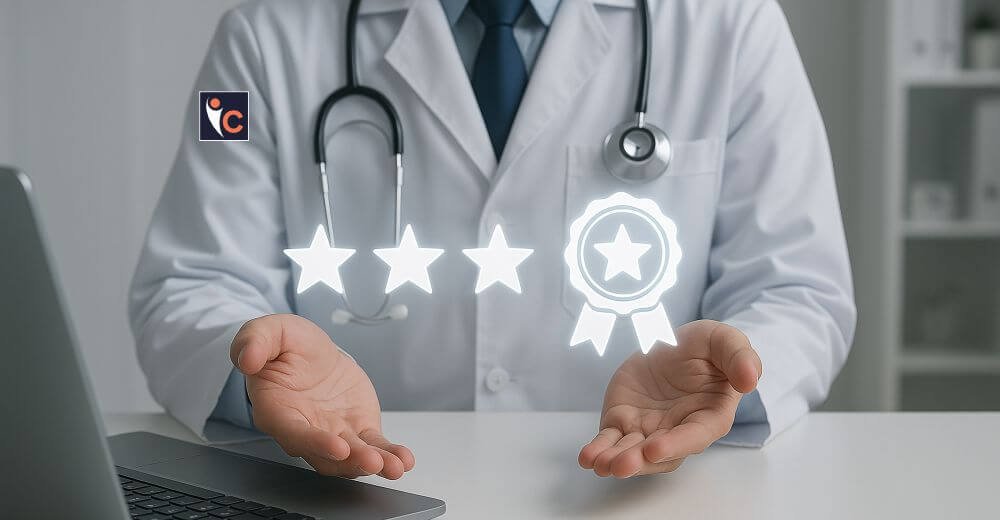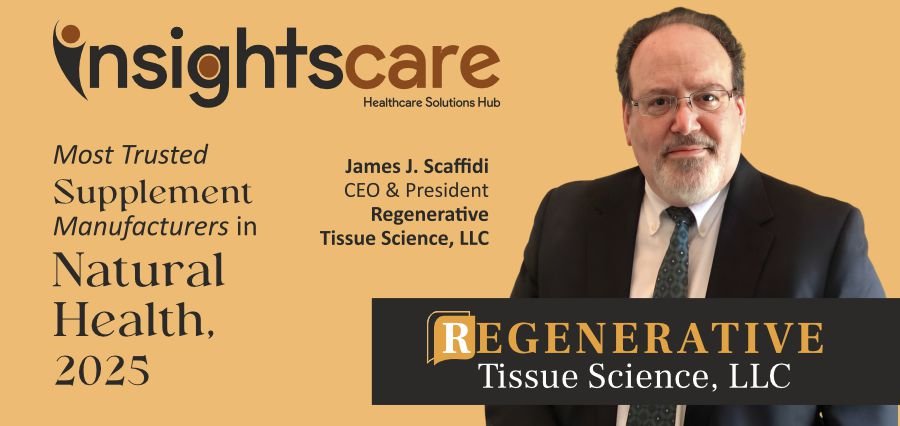The emergence of 5G technology will change industries all over the globe, with healthcare leading the charge. With unprecedented speed, ultra-low latency, and an immense number of devices being connected, 5G is about to transform the healthcare future. This article discusses how 5G will increase healthcare connectivity, enhance patient outcomes, and make way for groundbreaking medical solutions.
Unmatched Speed and Low Latency
Perhaps the greatest benefit of 5G is that it can transmit data at speeds as high as 100 times those of 4G with latency as low as one millisecond. In healthcare’s future, this functionality will empower real-time uses that had been impossible to contemplate. As an example, 5G can be used to send live video and accurate haptic feedback to remote robotic surgeons who may operate the surgery flawlessly using the latest technology to deliver high definition video. This low latency plays a vital role in case of emergencies where time is of essence hence, medical professionals can act with quickness and efficiency.
Improved Telemedicine and Remote Treatment
Telemedicine has been on the rise over the last several years, yet 5G will take it to a whole new level. The high bandwidth and stable connection of 5G makes high-definition video consultations possible even in the rural and disadvantaged regions. It enables patients to connect to specialists without shifting location and increases their access to care and decreases expenditure. 5G will permit patients to transfer large medical records, including MRI scans or genomic data, in a few seconds, accelerating diagnosis and individualized treatment plans. The 5G fills up the geographical gaps and ensures the future of healthcare to be the healthcare of all.
Internet of Medical Things (IoMT)
The explosion of networked medical devices, or the Internet of Medical Things (IoMT), is yet another sector that will be transformed by 5G. Ranging from wearable health monitors to intelligent implants, they all produce enormous amounts of data that must be transmitted securely and in real time. 5G ability to connect millions of devices at the same time ensures that medical professionals will be able to monitor patients in real time, detect anomalies early, and take preventive action.
Augmented and Virtual Reality in Healthcare
The potential of virtual reality (VR) and augmented reality (AR) in the field of medicine is to be exploited by 5G due to its high-speed connection. Medical students can use VR to learn how to perform complicated procedures, gaining practical experience in a risk-free setting. AR, however, has the potential to assist with accuracy, projecting significant data, such as 3D model of the organs, onto the field and help the surgeons. These technologies require seamless data transfer, which is not a problem with 5G. As the AR and VR enter the medical education and practice as a standard method of learning and doing medicine, they will transform the future of healthcare as well, fueling innovation and expertise.
Data Security and Privacy
With higher connectivity, the issue of encrypting sensitive medical data also emerges in the picture. 5G networks possess better encryption algorithms and the possibility of creating network slicing, whereby a virtual network is created in a network to cater to a particular application. In the medical field, it will make sure that the information about the patients is secure in transit and therefore the chances of being hacked are minimized. To ensure continuity of services despite the network being overloaded, hospitals can allocate specific slices to mission-critical application scenarios including remote operations.
Challenges and Considerations
Even though there seems to be potential in the implementation of 5G in the field of healthcare, it is not devoid of challenges. Development of infrastructure, especially the rural infrastructure, needs a lot of investment. Moreover, the combination of 5G with the existing healthcare system requires the interoperability standards and intensive education of medical workers. Regulatory systems should also be changed to cover data privacy and ethical issues. To achieve the full potential of 5G in changing the face of healthcare connectivity, it is important to overcome these challenges.
Global Implications
Globally, 5G can be used to bridge the healthcare gap. Mobile clinics can be constructed in the poorer countries where state of the art healthcare infrastructure is less likely to be found so as to provide diagnosis and treatment services over 5G. The drones powered by 5G can also deliver medicine and medical supplies to the outlying communities in a time-sensitive manner. By democratizing access to state-of-the-art healthcare, 5G facilitates health equity and resilience across the globe.
Conclusion
The integration of 5G into healthcare is a milestone in medical connectivity development. With its ability to offer high-speed, low-latency, and secure connections, it will disrupt telemedicine, enable the IoMT, and unlock the potentials of AR and VR. Despite the challenges, the benefits of 5G more than outweigh the challenges, offering an immediate future where healthcare is more accessible, efficient, and tailored. As 5G reshape the future of healthcare, it will empower providers and patients beyond anything previously conceived, ushering in an era of unprecedented innovation and enhanced well-being.




